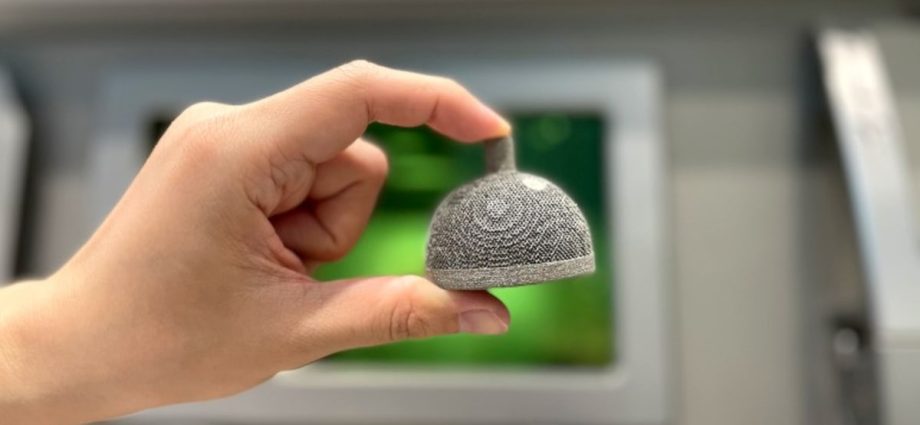
3D PRINTING LIVING TISSUES
Bioprinting is a relatively new subset of 3D printing for healthcare applications, said Prof Bartolo, who was also interviewed on the show.
“It is in an early stage of development, but basically with bioprinting, we use additive manufacturing machines to print biomaterials and cells to create tissues, to create organs, to be implanted or to be used as a model to study diseases and to study drugs.”
This essentially means that organs can be “printed”, “which is a holy grail”, said Prof Goh. “At the moment, the best thing we would have is an organ donation or a transplant.
“Now, we’re talking about whether we can grow these organs, for example, skin, a pancreas, a liver or those cells in the lab. They would be compatible with the patient, and we could implant them.”
3D printing also allows the development of personalised medical devices, which are designed according to the patient’s specific characteristics and needs, and can reduce costs.
However, there is a need to consider the materials used, especially if they are used inside the body.
“If we’re just doing an anatomical model, it would be something as light as plastic,” said Prof Goh. “If we are going to be printing something that eventually gets implanted into a patient, then we have to consider weight and durability, or also whether the implanted material becomes a scaffolding and eventually dissolves.”
Prof Bartolo noted that there are two main considerations for the material used.
“The first is biocompatibility. So the material must avoid any adverse reaction or toxicity,” he added. “The second – and this is more related to materials used for bioprinting – (is that) they must be biodegradable.
“Besides that, we select materials according to specific applications based on mechanical properties, chemical characteristics. So there are a range of properties that we need to consider.”

